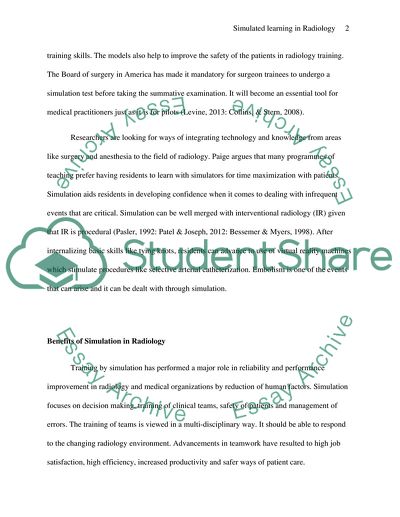Cite this document
(“Use of simulated learning in Radiology. Current state of affair Article”, n.d.)
Use of simulated learning in Radiology. Current state of affair Article. Retrieved from https://studentshare.org/health-sciences-medicine/1671481-use-of-simulated-learning-in-radiology-current-state-of-affair
Use of simulated learning in Radiology. Current state of affair Article. Retrieved from https://studentshare.org/health-sciences-medicine/1671481-use-of-simulated-learning-in-radiology-current-state-of-affair
(Use of Simulated Learning in Radiology. Current State of Affair Article)
Use of Simulated Learning in Radiology. Current State of Affair Article. https://studentshare.org/health-sciences-medicine/1671481-use-of-simulated-learning-in-radiology-current-state-of-affair.
Use of Simulated Learning in Radiology. Current State of Affair Article. https://studentshare.org/health-sciences-medicine/1671481-use-of-simulated-learning-in-radiology-current-state-of-affair.
“Use of Simulated Learning in Radiology. Current State of Affair Article”, n.d. https://studentshare.org/health-sciences-medicine/1671481-use-of-simulated-learning-in-radiology-current-state-of-affair.


